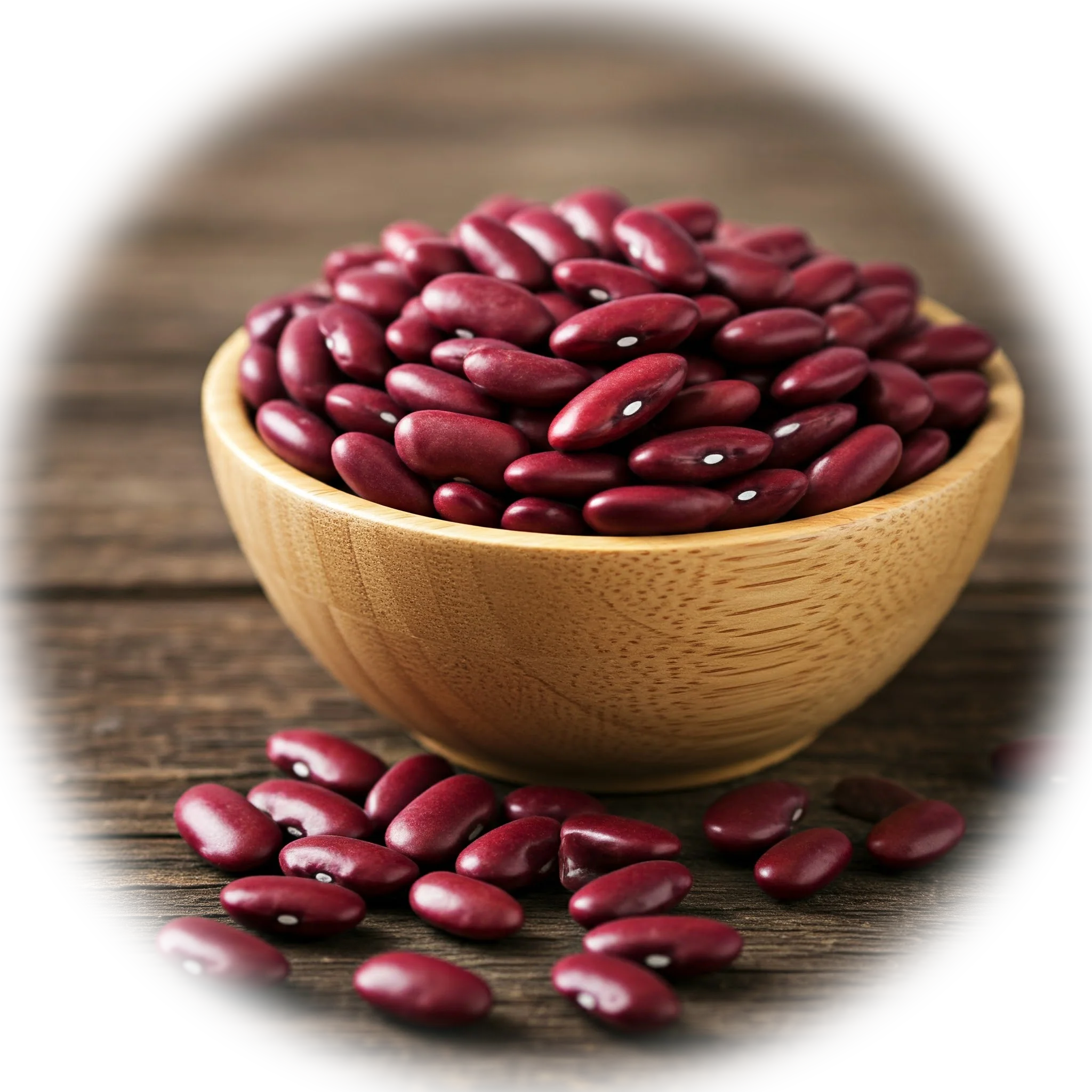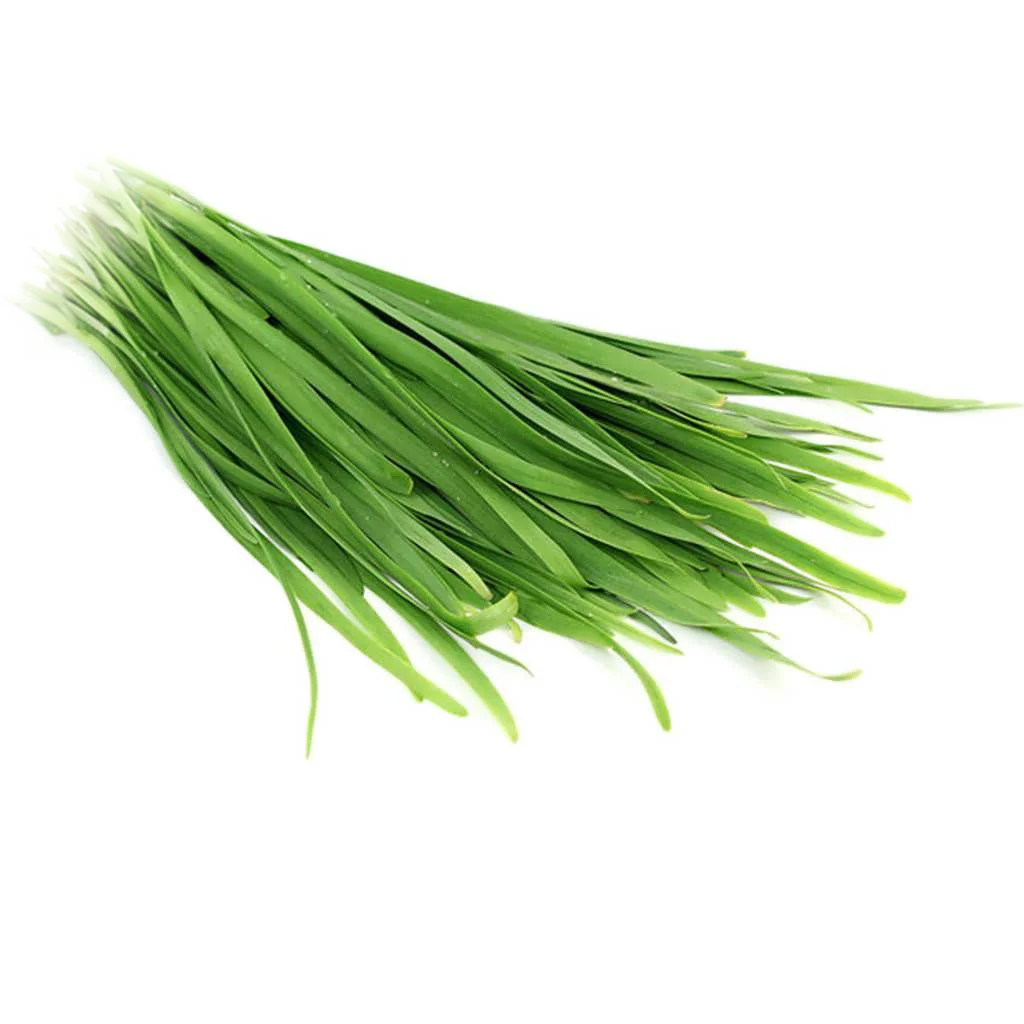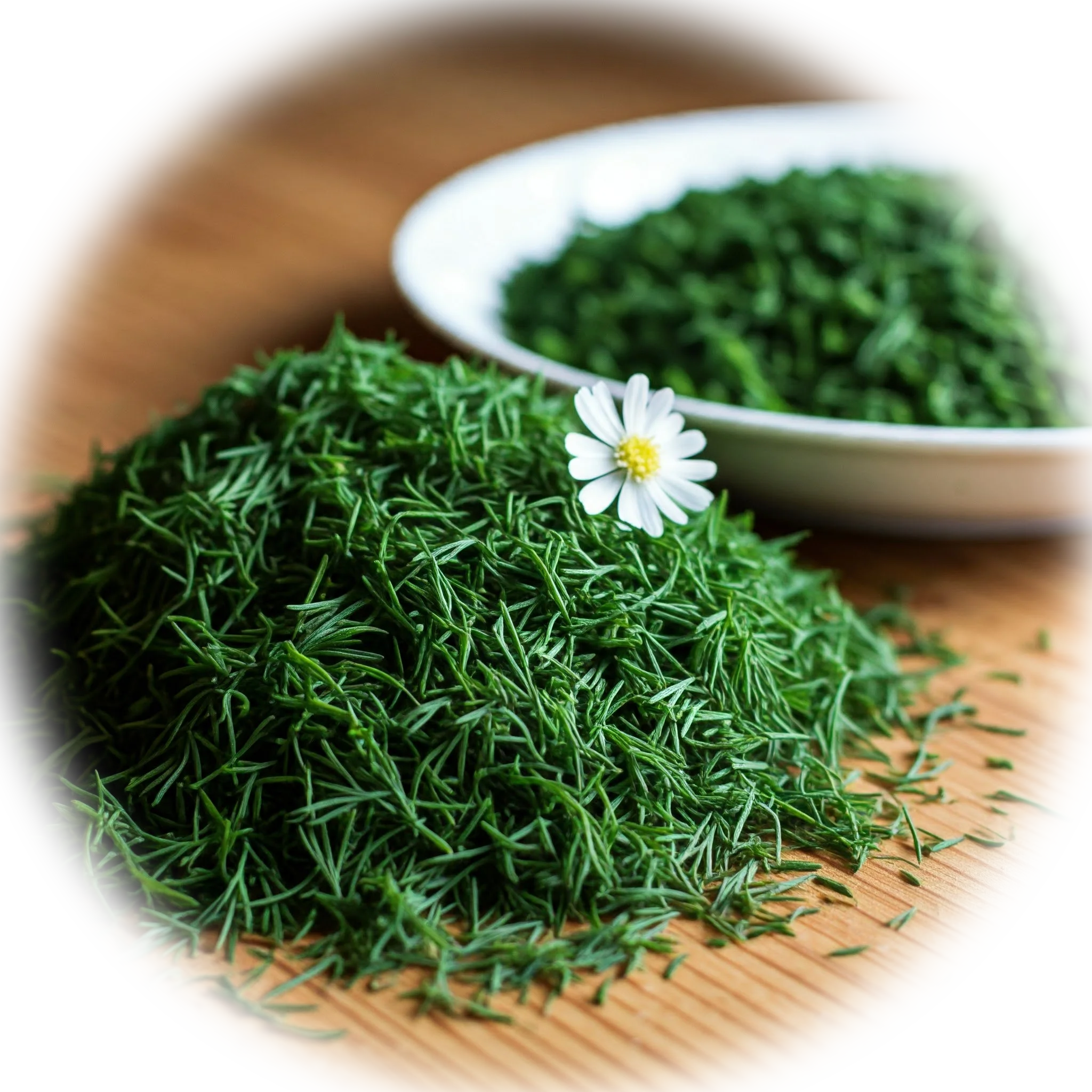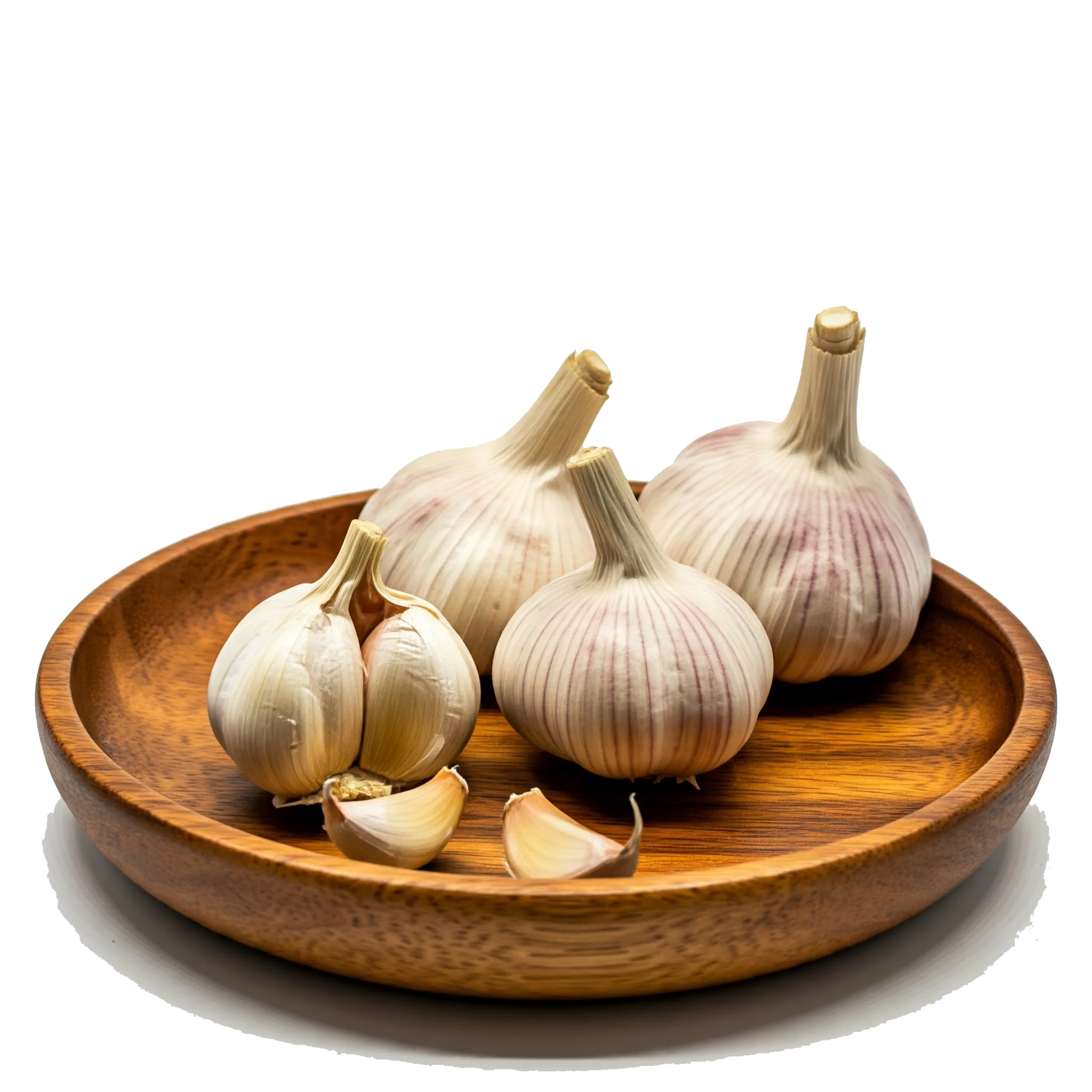

Top Health Benefits of Curd Soup (Ash kashk) You Need to Know
Ash Reshteh is a rich and nutritious Iranian dish made with a combination of legumes, herbs, noodles, and various spices. The legumes used, such as chickpeas, beans, and lentils, are an excellent source of plant-based protein, which helps strengthen the immune system and rebuild body tissues. These legumes are also high in fiber, which improves digestive function and prevents constipation. The fiber in Ash Reshteh not only aids digestion but also helps regulate blood sugar levels and lower cholesterol. The various herbs used in the dish provide vitamins A, C, and K, which are essential for skin health, immune system support, and bone health. Additionally, mint and turmeric, commonly added to Ash Reshteh, have antioxidant properties that help fight free radicals, which can prevent chronic diseases such as cancer and heart disease. Furthermore, the combination of legumes and noodles in Ash Reshteh provides long-lasting energy, making it an ideal dish for those who need extra energy, such as athletes and active individuals. Onions and garlic, which are used in the dish, have anti-inflammatory properties that help reduce inflammation in the body. Overall, Ash Reshteh is a complete and balanced meal that meets the body’s nutritional needs and promotes overall health.
 chickpeas : 40 g
chickpeas : 40 g red beans : 40 g
red beans : 40 g pinto beans : 40 g
pinto beans : 40 g Lentile /
Brown Lentils : 50 g
Lentile /
Brown Lentils : 50 g Onion : 3 Piece
Onion : 3 Piece Oil /
Olive Oil : as needed
Oil /
Olive Oil : as needed turmeric : 1 Tablespoon
turmeric : 1 Tablespoon Spinach : 20 g
Spinach : 20 g Parsley : 20 g
Parsley : 20 g Persian-Leek : 30 g
Persian-Leek : 30 g Dill : 10 g
Dill : 10 g cilantro : 20 g
cilantro : 20 g Dried Mint : 2 Tablespoon
Dried Mint : 2 Tablespoon Rice Noodles : 70 g
Rice Noodles : 70 g Garlic : 2 Piece
Garlic : 2 Piece Curd : to taste
Curd : to taste Flour /
Wheat Flour : 2 Tablespoon
Flour /
Wheat Flour : 2 Tablespoon Salt : to taste
Salt : to taste black pepper : to taste
black pepper : to taste Broth : 1 Liter
Broth : 1 Liter Spinach : 111 Tablespoon
Spinach : 111 TablespoonRecipe :
For 4 to 5 people
Enjoy your delicious Ash Reshteh!
When cooking and serving Ash Reshteh, there are several tips that can enhance the flavor and quality of the dish. The first important step is soaking the legumes the night before. This not only reduces cooking time but also helps alleviate the gas-producing properties of the legumes. It’s also recommended to change the soaking water a few times to ensure the beans are properly soaked. When cooking the legumes, it's best to boil them in a separate pot with the appropriate amount of water, skim off the foam after boiling, and lower the heat. The lid of the pot should be placed slightly open to allow the legumes to cook slowly and evenly.
Another important tip for better taste is preparing the herbs and fried onions. The herbs should be chopped to a moderate size because if they are too finely chopped, they will disappear into the soup and won’t add visual appeal. The onions should be fried until golden brown to bring out a deep flavor. Also, when preparing mint oil (nana dagh), make sure to add the mint to hot oil but reduce the heat immediately. This prevents the mint from burning.
During the cooking process, pay close attention to the soup’s consistency. To prevent the soup from becoming too runny, you can add flour to the mixture. This will help thicken the soup. Also, when adding the noodles, be sure to stir the soup regularly so the noodles cook evenly and don't stick together.
Finally, for serving, you can garnish the soup with fried onions, mint oil, and optionally, a drizzle of kashk (fermented whey), which adds extra flavor and richness. It's best to make the soup slightly thinner than you want because it will thicken as it cools. Ash Reshteh should be served hot to maintain its full aroma and flavor.
When following a diet plan for Ash Reshteh or similar dishes, there are several considerations to make it a healthier option while maintaining its delicious flavor. The first tip is to focus on portion control. Although Ash Reshteh is a nutritious dish, it contains legumes and noodles, which can be high in calories. Eating in moderation is key to preventing overeating. To make the dish lighter, you can adjust the amount of oil used for frying onions and mint. Instead of deep frying, you can opt for sautéing with a small amount of oil or using a non-stick pan. This reduces the overall fat content while still maintaining the flavor.

For those on low-carb or gluten-free diets, you can substitute traditional wheat noodles with gluten-free noodles or even omit the noodles entirely. Adding extra vegetables or more legumes can provide fiber and nutrients without adding excessive carbs. For individuals looking to lower their fat intake, reducing the amount of fried onions and using less oil in the mint and turmeric mixture can help achieve a healthier dish. You can also try using low-fat yogurt or skipping the kashk (fermented whey) for a lighter version.
If you're following a high-protein diet, Ash Reshteh is already a great option due to its legume content. However, for those seeking additional protein, adding lean meat such as chicken or turkey can increase the protein content without significantly increasing the fat. Another option is adding a small amount of tofu for a plant-based protein boost.
For those focusing on heart health, it’s essential to use heart-healthy oils, such as olive oil, instead of regular vegetable oil. Additionally, incorporating more herbs like parsley, cilantro, and dill can provide added antioxidants and support overall well-being. Finally, adjusting the sodium content by controlling the amount of salt used and adding more spices like turmeric and cumin can enhance flavor without relying on too much salt.
na-45HAK (March 30, 2025, 8:26 a.m.) : good
zahra (April 13, 2025, 6:39 a.m.) : Healthy and nutritious